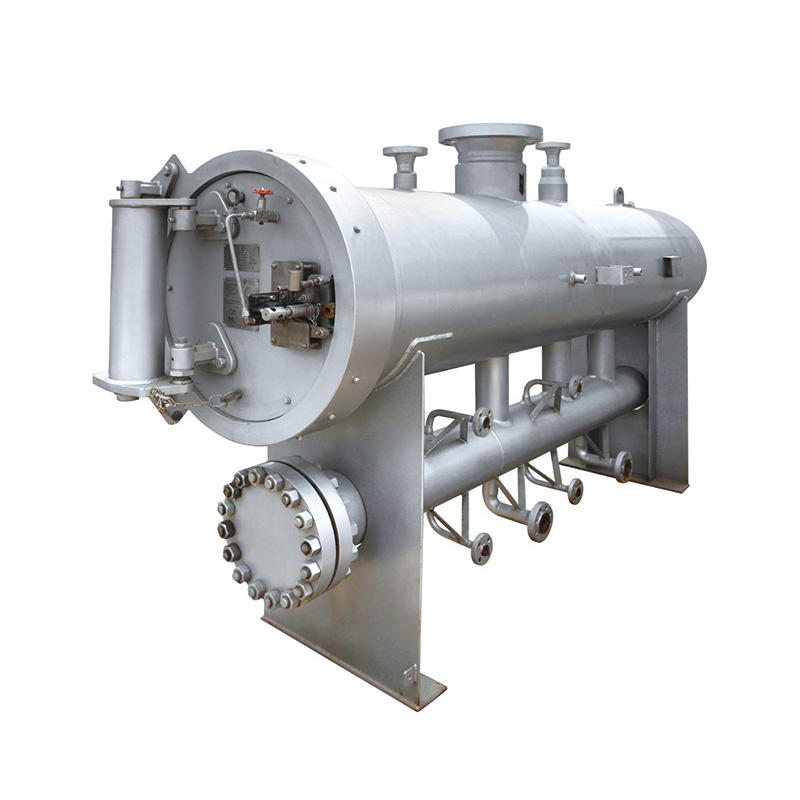
Dec . 11, 2024 09:33
Back to list
Gas Separation Technology for Enhanced Coalescing Efficiency and Performance Improvements
Understanding Gas Coalescers A Comprehensive Guide
Gas coalescers are crucial components in various industrial applications, particularly in the oil and gas sector, as well as in chemical processing and wastewater treatment. They are designed to remove liquid droplets from a gas stream, enhancing the purity of the gas and protecting downstream equipment from potential damage. In this article, we will explore the principles behind gas coalescers, their types, applications, and benefits.
Principles of Operation
Gas coalescing involves the process of combining small, dispersed liquid droplets into larger ones so that they can be efficiently removed from the gas stream. This is achieved through physical mechanisms such as gravity settling and filtration. The coalescing media, often made of specialized materials, serves to promote the merging of droplets by providing a surface for them to adhere to and grow.
When the gas enters the coalescer, it passes through a series of filtering layers that capture the smaller droplets. As these droplets collide with one another on the media, they merge and increase in size. Once they reach a certain threshold, gravity takes over, allowing the heavier liquid to be drained away, while the now-purified gas continues downstream.
Types of Gas Coalescers
There are primarily two types of gas coalescers
1. Vertical Coalescers Designed for gravity separation, these coalescers encourage the natural separation of liquids due to the force of gravity. They are typically used in applications where conditions allow for significant stratification of phases.
2. Horizontal Coalescers These units are designed for applications where horizontal flow enhances the coalescing process. They often feature a series of coalescing elements that improve the gas's contact time with the liquid droplets, resulting in higher efficiency in droplet removal.
Both types might integrate additional components such as demister pads to trap even the smallest droplets and ensure cleaner output.
Applications
Gas coalescers find their application in a wide range of industries, including
gas coalescer

- Oil and Gas Industry In upstream and downstream operations, gas coalescers are vital in processing natural gas by removing water droplets and hydrocarbon condensates, thereby protecting compressors and other sensitive equipment.
- Chemical Processing Many chemical reactions produce gases that can carry unwanted liquid products. Coalescers ensure that the gas used in chemical processes remains free from impurities.
- Wastewater Treatment In this sector, gas coalescers help in the removal of volatile organic compounds and other pollutants during the treatment process, leading to cleaner air emissions.
Benefits
The incorporation of gas coalescers into industrial systems offers numerous benefits
- Enhanced Equipment Protection By removing liquid contaminants, coalescers help prevent corrosion and fouling in compressors, turbines, and other equipment, reducing maintenance costs and extending the lifespan of machinery.
- Improved Efficiency Cleaner gas streams contribute to higher efficiency in downstream processes. This improvement can lead to better overall productivity and potentially higher yields in production systems.
- Environmental Compliance By ensuring the removal of harmful liquids and pollutants, gas coalescers help industries meet stringent environmental regulations, reducing their ecological footprint.
- Cost Savings Although gas coalescers involve initial investment and maintenance, the long-term savings realized through reduced wear and tear on equipment, lower operational costs, and improved energy efficiency can be substantial.
Conclusion
In summary, gas coalescers play an essential role in various industries by ensuring the removal of liquid contaminants from gas streams. Their efficient operation, diverse applications, and immense benefits underscore their significance in enhancing productivity and compliance with environmental regulations. As industries continue to strive for higher efficiency and sustainability, the role of gas coalescers will undoubtedly become increasingly important in optimizing processes and protecting equipment. Understanding and implementing these systems effectively can lead to significant operational advantages in today’s competitive marketplace.
Latest news
-
Safety Valve Spring-Loaded Design Overpressure ProtectionNewsJul.25,2025
-
Precision Voltage Regulator AC5 Accuracy Grade PerformanceNewsJul.25,2025
-
Natural Gas Pressure Regulating Skid Industrial Pipeline ApplicationsNewsJul.25,2025
-
Natural Gas Filter Stainless Steel Mesh Element DesignNewsJul.25,2025
-
Gas Pressure Regulator Valve Direct-Acting Spring-Loaded DesignNewsJul.25,2025
-
Decompression Equipment Multi-Stage Heat Exchange System DesignNewsJul.25,2025

